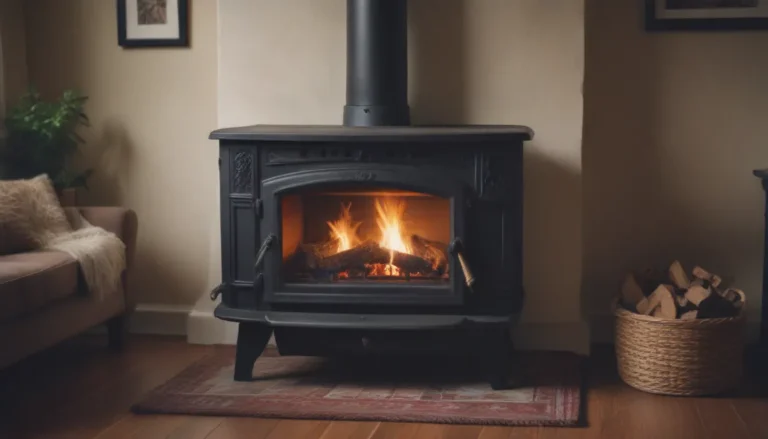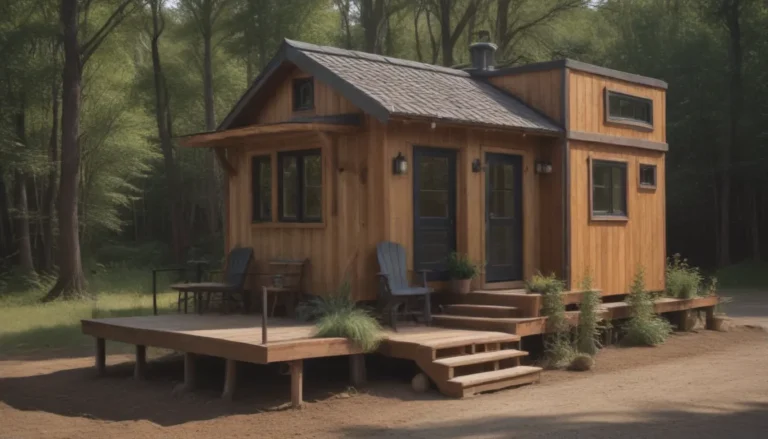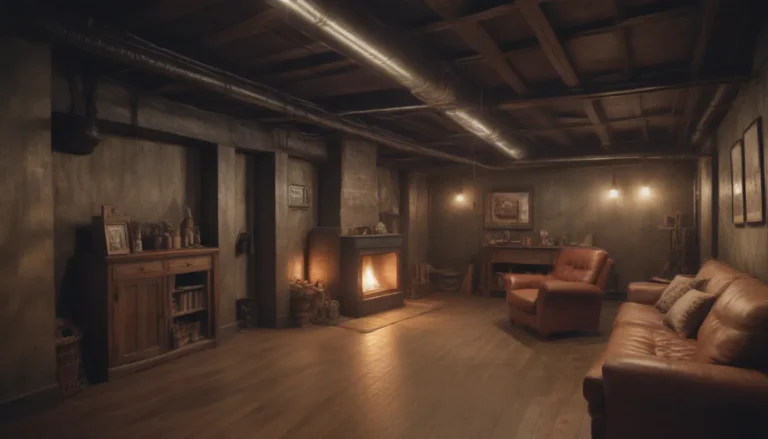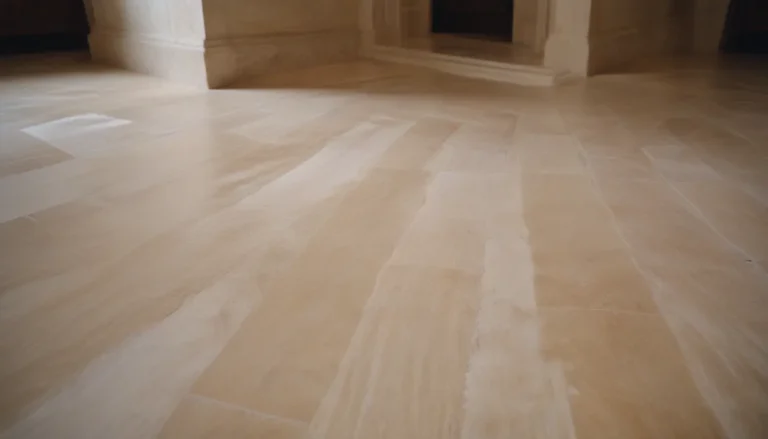Understanding the Safety of Old Electrical Wiring: A Comprehensive Guide
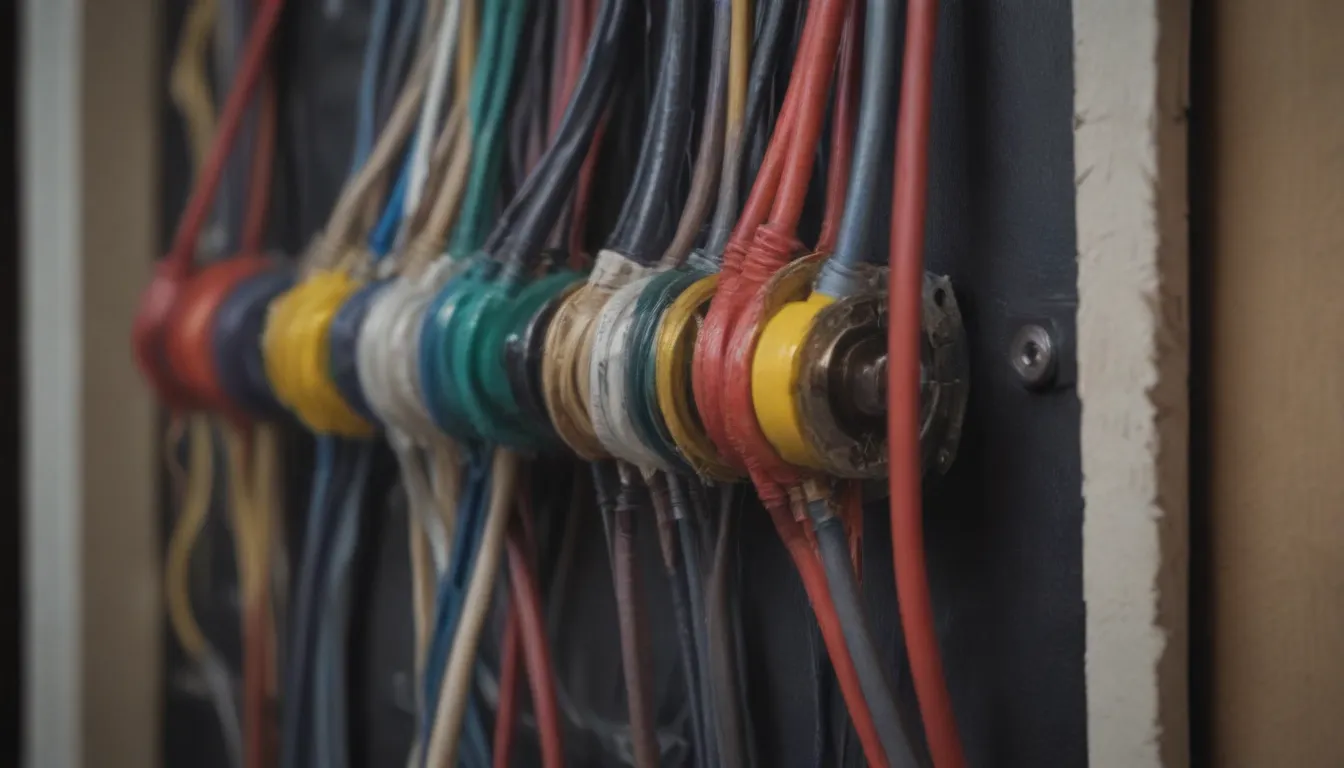
When it comes to the electrical wiring in your home, safety should always be a top priority. The wiring is the essential pathway that powers everything electrical in your household, from appliances to lights. Over time, old wiring can deteriorate, leading to potential fire hazards or electrical shocks. However, the age of the wiring alone does not determine its safety. Evaluating old wiring for safety requires a thorough assessment by a professional, but there are some key indicators you can look out for on your own.
Identifying Old Wiring
The oldest type of wiring system found in homes is known as knob-and-tube wiring. This system utilizes insulating knobs and tubes to run individual wires—one black hot wire and one white neutral wire—throughout the house framing. The ceramic insulators prevent the wires from coming into contact with each other or with combustible materials. Given that knob-and-tube wiring dates back to before 1940, it can be challenging to identify the hot and neutral wires due to dirt and dust accumulation.
No Grounding System
One significant drawback of knob-and-tube wiring is the absence of a grounding system. While this does not inherently make the wiring unsafe, it lacks the safety features present in modern wiring systems. Without a ground, appliances and electronics are vulnerable to damage from power surges. While it is not possible to add a ground to knob-and-tube wiring, integrating GFCI receptacles can enhance safety by detecting ground faults and shutting off power.
Can You Keep Old Wiring?
According to the National Electrical Code (NEC), existing knob-and-tube wiring can continue to be used in a home. With proper materials and techniques, extensions to knob-and-tube systems may be permissible. Historic homes may receive special permission for restoration work on knob-and-tube wiring. When necessary, old wiring can be spliced with new non-metallic cable, provided it meets local code requirements.
Common Problems and Hazards
Old wiring, particularly knob-and-tube systems, can pose safety hazards if not properly maintained. Some common problems to look for include cracked or damaged wire insulation, exposed splices, and fuses in the fuse box that are larger than recommended. These issues can lead to overheating and potential fire hazards, indicating the need for wiring replacement.
Potential hazards with old wiring:
– Cracked, missing, or damaged wire insulation
– Wiring surrounded by building insulation
– Exposed splices
– Oversized fuses in the fuse box
Replacing Two-Slot Receptacles
Since knob-and-tube wiring lacks a grounding pathway, it often uses two-slot receptacles without a grounding slot. When replacing a damaged receptacle, it’s crucial to avoid the mistake of replacing it with a three-slot grounded receptacle. This error implies a grounding system that does not exist in knob-and-tube wiring. The NEC provides two solutions: replacing the old receptacle with a new two-slot receptacle or installing a GFCI receptacle labeled “No Equipment Ground” to allow for modern three-prong plugs.
In conclusion, while old electrical wiring may still be functional, it is essential to assess its safety and potential hazards. Regular inspection by a professional electrician and adherence to local code requirements are key to ensuring the safety and reliability of your home’s electrical system. By staying informed and proactive, you can protect your home and loved ones from potential electrical hazards.
